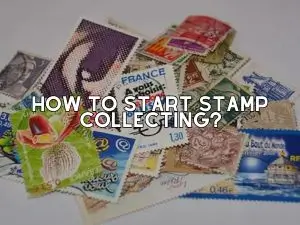There’s something incredibly satisfying about starting a stamp collection. As a beginner, you might feel overwhelmed by the sheer variety of stamps out there, but don’t worry—I’ve got you covered.
Collecting stamps isn’t just about accumulating tiny pieces of paper but diving into history, art, and cultures worldwide.
When I started my stamp collection, I quickly realized the importance of a strategy. Whether you’re drawn to stamps from a specific country, era, or theme, having a clear focus can make your collection more meaningful and enjoyable.
- Why do People Collect Stamps?
- When Did Stamp Collecting Start?
- Should I Start Collecting Stamps?
- What is a Stamp Collector Called?
- Can You Make Money Collecting Stamps?
- How to Start Stamp Collecting?
- What Do I Need to Start a Stamp Collection?
- Storing and Caring For Your Stamp Collection
- Where To Buy Postage Stamps?
Why do People Collect Stamps?
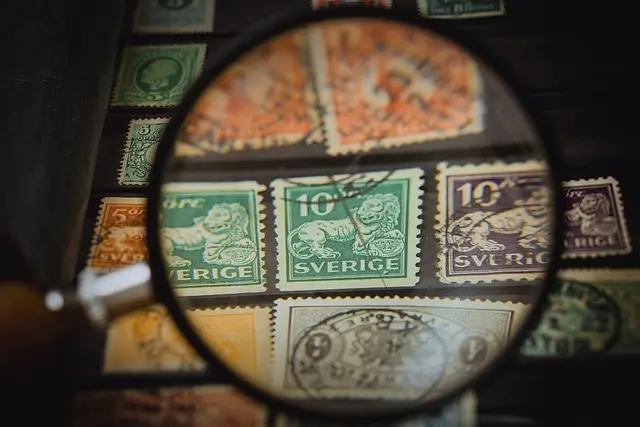
Stamp collecting, known as philately, attracts individuals from diverse backgrounds and offers numerous benefits.
- Relaxation: Exploring stamp collections provides relaxation and enjoyment. It’s a hobby suitable for any age, offering joy while sifting through various stamps and their histories.
- Cultural and Historical Significance: Stamps are miniature time capsules reflecting cultural and historical moments.
- I learn about different countries, histories, and cultural heritage through stamps. For example, a stamp depicting the moon landing sparks curiosity about space exploration.
- Personal Satisfaction: Building a collection brings a sense of accomplishment. It’s gratifying to see a collection grow over time.
- Connecting with a global community of fellow enthusiasts adds another layer of joy.
- Investment: Some view stamp collecting as an investment opportunity. Rare stamps can appreciate in value.
- For instance, the British Guiana 1c Magenta, sold for $9.5 million in 2014, showcases the potential of this hobby as an investment.
When Did Stamp Collecting Start?
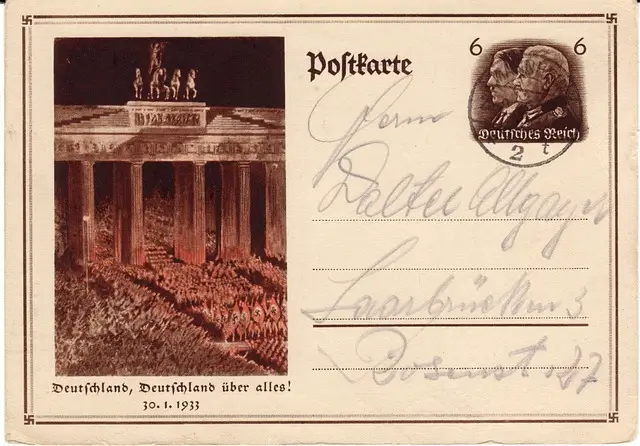
Stamp collecting, or philately, began in earnest around 1840, when countries started issuing postal stamps globally. This marked a pivotal point for postal services and collectors alike.
The world’s oldest stamp collection dates back to 1774 in Ireland. It houses hand-stamped marks instead of pre-printed stamps. This early collection shows the growing interest in postal systems and their documentation long before modern stamps came into play.
If you look at the first adhesive postage stamp, the Penny Black, issued by Britain in 1840, you can see the structure and system that paved the way for global postal services. Philatelists who study and collect stamps often seek out the Penny Black because of its significant value and historical importance.

In the mid-19th century, a new collection community emerged as more countries adopted postage stamps. These collectors often focused on stamps that depicted various themes, such as historical events or significant figures.
This demonstrated an appreciation for postal history and an interest in cultural and historical narratives conveyed through stamps.
The rapid spread of stamp issuance and the enthusiastic response from collectors laid the groundwork for stamp shows and philatelic societies.
These institutions began forming in the late 1800s, bringing together enthusiasts and providing a platform to share and expand their collections. Today, these gatherings remain crucial meeting hubs for anyone passionate about philately.
Should I Start Collecting Stamps?

Stamp collecting offers flexibility. The hobby can be enjoyed year-round, no matter the climate. It’s accessible, requiring no special skills or significant wealth.
Stamp collecting requires minimal equipment. The hobby can be personally satisfying, especially when you build a curated collection over time.
Connecting with a global community of fellow collectors can also be rewarding. Stamp collecting doesn’t just fill your time; it enriches your understanding of cultural and historical narratives.
What is a Stamp Collector Called?
A stamp collector is commonly called a “stamp collector”. The term “philatelist” is also used, though it technically refers to the study of stamps rather than the act of collecting them.
Despite this distinction, people often use both terms interchangeably.
Can You Make Money Collecting Stamps?
Certain rare stamps appreciate significantly over time, benefiting collectors monetarily.
– Are Stamps Worth Collecting Anymore?
Stamps do hold value, though not all achieve high market prices. Rare items, like the 1840 Penny Black, can fetch substantial sums at auctions. Scarcity and historical importance drive stamp value. Modern stamps typically hold less value, yet certain commemorative issues are appreciated.

Focus on acquiring rare, well-preserved stamps to maximize potential returns. Stamp condition impacts stamp pricing; collectors should strive for stamps without creases or tears, using tools like watermark detectors and magnifying glasses to assess quality.
Certain factors drive specific stamp values:
- Rarity: Limited editions and unique misprints carry a higher value.
- Condition: Mint condition stamps devoid of flaws attract top prices.
- Demand: Popular themes such as historical events or prominent figures boost demand.
Investing in stamps requires knowledge and research. Familiarize yourself with market trends and historic sales data.
Joining philatelic societies provides exposure to experienced collectors and expert advice, enhancing your investment strategy.
How to Start Stamp Collecting?
Starting a stamp collection offers countless opportunities to explore history and culture. Here, I’ll guide you through acquiring stamps, choosing their condition, selecting themes, and learning to identify them.
– Acquiring Your Stamps
Used Stamps: I begin by collecting used stamps, which I find on cards and envelopes. Another great option is to purchase ‘kiloware’—unsorted stamps sold by weight—or sorted ‘stamp bags’. These can be bought online or at local hobby shops.
New Stamps: Another approach is to buy unused definitive and commemorative stamps from post offices. Collecting these in their pristine condition often adds value to the collection.
Swap Stamps: Trading stamps with other collectors can expand your collection. I often visit local hobby shops or join stamp collectors’ clubs to find trading partners.
Attend Stamp Auctions: I visit auctions to see rare stamps and sometimes buy or sell them. These events offer a chance to acquire unique items and meet fellow philatelists.
– Choose What Condition of Stamps to Collect
Used Stamps: I focus on used stamps because they’re accessible and cost-effective. Often, these come with unique postmarks and histories, adding character to my collection.
Unused Stamps: Collecting new, unused stamps in their original condition can be highly valuable. I seek out commemorative and definitive stamps, which are pristine and often retain more value over time.
– Choose Themes For Your Stamp Collection
Country-Specific: I focus on stamps from particular countries. An atlas or map helps identify their origins and offers a structured way to build a thematic collection.
Adding stamps from countries with rich postal histories enhances the collection’s depth.
You may choose a stamp according to important occasions such as the inauguration of Kings and Queens, the commemoration of certain events, and many more.
– Learn to Identify Stamps
Recognizing stamp features such as watermarks and perforations is essential. I use a magnifying glass and catalog to discern these characteristics, ensuring identification accuracy.
Accurate identification adds not just to the value but also to the knowledge you gain from each stamp.
What Do I Need to Start a Stamp Collection?
Starting a stamp collection involves gathering essential tools and resources. Here are the basic materials and equipment you’ll need.
– Essential Tools for Stamp Collecting

Stamp Tongs or Tweezers
These tools allow you to handle stamps safely without damaging them. A reliable pair costs less than $20 and keeps your stamps pristine.
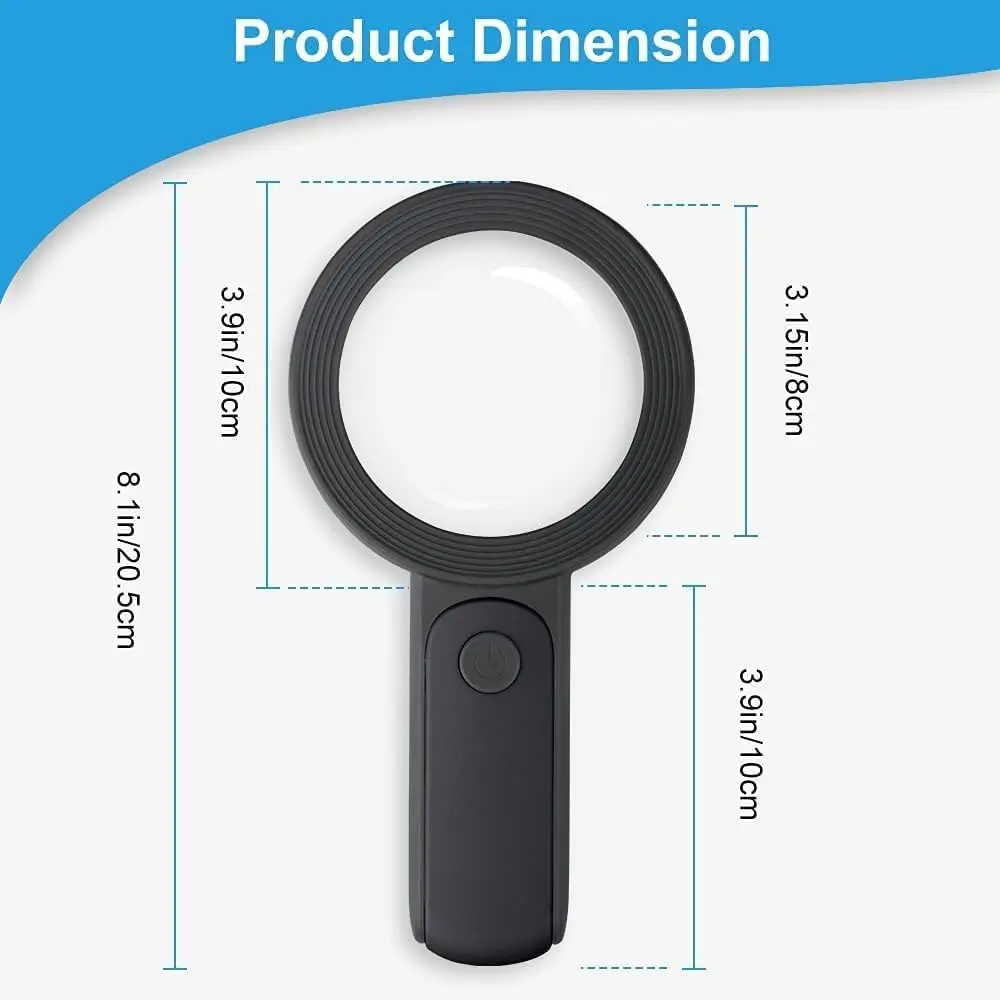
Magnifying Glass
Examining the fine details of stamps is essential. A magnifying glass with x10 magnification, costing around $20, makes this easier.

Watermark Detector
Some stamps have hard-to-see watermarks. A watermark detector fluid and tray, usually priced below $30, help identify these hidden marks.

Stamp Album or Stockbook
Organize and store your stamps in an album or stockbook. Loose-leaf albums or stock books are essential to keep your collection organized and protected.
– Advanced Stamp-Collecting Tools

Perforation Gauge
Measure the perforations on stamps with a perforation gauge. This helps identify the stamp’s type and value variance.

UV Lamp
Use a UV lamp to uncover phosphor printing or hidden tagging on stamps, enhancing your collection’s accuracy and detail.

Catalog or Book
Reference catalogs and books to authenticate and value stamps. They offer invaluable information on stamp varieties, historical data, and market values.
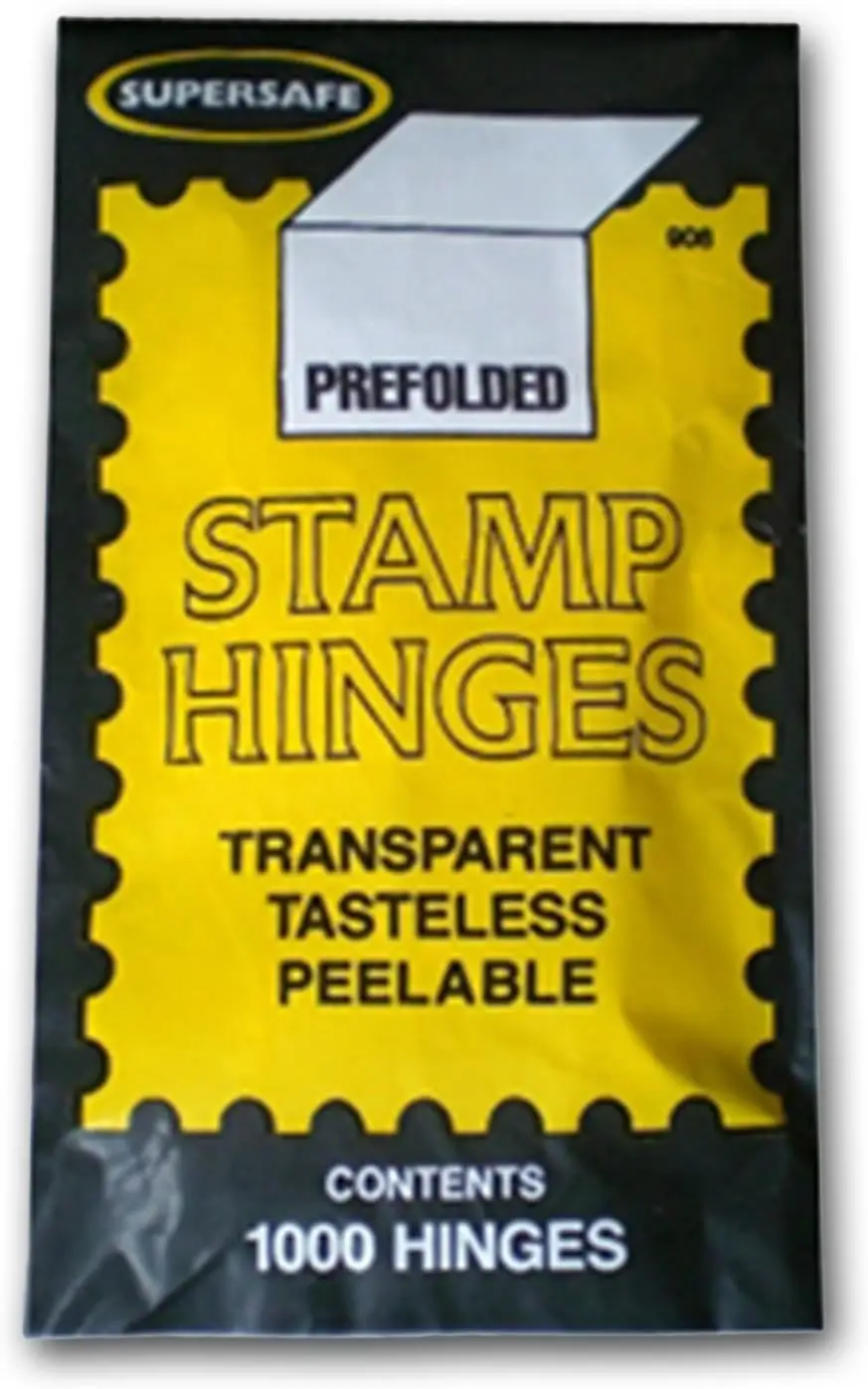
Stamp Hinges or Mounts
Secure your stamps in an album using stamp hinges for a temporary hold or mounts for a more permanent and protective option.
Storing and Caring For Your Stamp Collection
Proper storage and maintenance are crucial for preserving the value and condition of your stamps. Here’s how to keep them safe and in pristine condition.
- Acid-Free Albums
Using acid-free paper is essential for preventing damage to stamps. Normal paper contains lignin, which can discolor stamps and make them brittle over time. Acid-free albums provide a safe, stable environment for your collection.
- Dry Storage
Keeping stamps in a dry area helps avoid damage from humidity. Attics and basements often have fluctuating moisture levels, making them unsuitable for stamp storage. Instead, choose a dry, well-ventilated room.
- High Storage
Storing stamps higher up, like on closet shelves, protects them from potential flood damage and pests that are commonly found closer to the ground.
- Temperature Control
Extreme temperatures can harm your stamps. Consider temperature-controlled storage units for rare or valuable items to prevent excessive heat or cold exposure.
- Stamp Tweezers
Oils on your fingertips can damage stamps. Stamp tweezers ensure you handle them without causing wear or transferring oils.
- Magnifying Glass
Regularly inspect your stamps with a magnifying glass. This will help you spot any early signs of damage or wear and allow you to take protective measures.
- Plastic Stamp Mounts
Adhesives can damage the reverse side of stamps. Plastic mounts provide a secure, non-damaging way to display and protect your stamps.
- Dehumidifiers

Dehumidifier
To maintain optimal conditions, use dehumidifiers to keep humidity levels between 40% and 50%. This prevents moisture-related damage and maintains the integrity of your stamps.
Where To Buy Postage Stamps?
Here are some effective methods to get your hands on them:
– BuyDiscountStamps.com
BuyDiscountStamps.com provides an excellent option for purchasing authentic U.S. postage stamps in bulk. They offer wholesale prices, free shipping, and no sales tax on all orders.
We are not affiliated to them. I shared because I had a tremendous experience buying from them.
– USPS Official Store
For a trusted source, head to USPS.com. The official United States Postal Service store features various stamps, shipping supplies, and unique postal items.
– Amazon
Amazon.com delivers convenience by offering a variety of USPS stamps, including Forever stamps. It often offers deals and discounts, making it a go-to online retailer for postal supplies.
– Stamps.com
Stamps.com lets you buy USPS postage online, print stamps, and create shipping labels directly from your computer. It also offers new users discounted rates and a free trial period.
– USPS Retail Stores
For in-person purchases, visit your nearest USPS retail location. These stores stock stamps and other postal supplies, offering a reliable brick-and-mortar option.
– Buy From Garage Sale

Though unconventional, garage sales can be a haven for finding stamps. People often sell collections they’ve inherited or no longer wish to keep, allowing them to purchase stamps at significantly lower prices.
Another thing to look out for in these garage sales is old postcards. These postcards usually have old stamps on them.
– Join The Local Stamp Club
Local stamp clubs are great resources for acquiring diverse stamps. Members frequently trade or sell stamps from their collections, offering various unavailable options through typical retail channels.
– Find Old Postcards And Soak It
Old postcards, often overlooked, can be a treasure trove for unique stamps. By carefully soaking these cards in water, you can remove the stamps and add them to your collection. This method offers a nostalgic touch and a sustainable way to reuse postage.
– Buy From Second-Hand Sites
Second-hand sites like eBay offer numerous stamp listings. Sellers from different regions provide a range of options, from vintage collections to current postal offerings, often at competitive prices.
– Swap Stamps
Stamp swapping, facilitated by platforms or local clubs, allows collectors to trade stamps. This exchange method diversifies your collection and builds a network within the stamp collector community.

